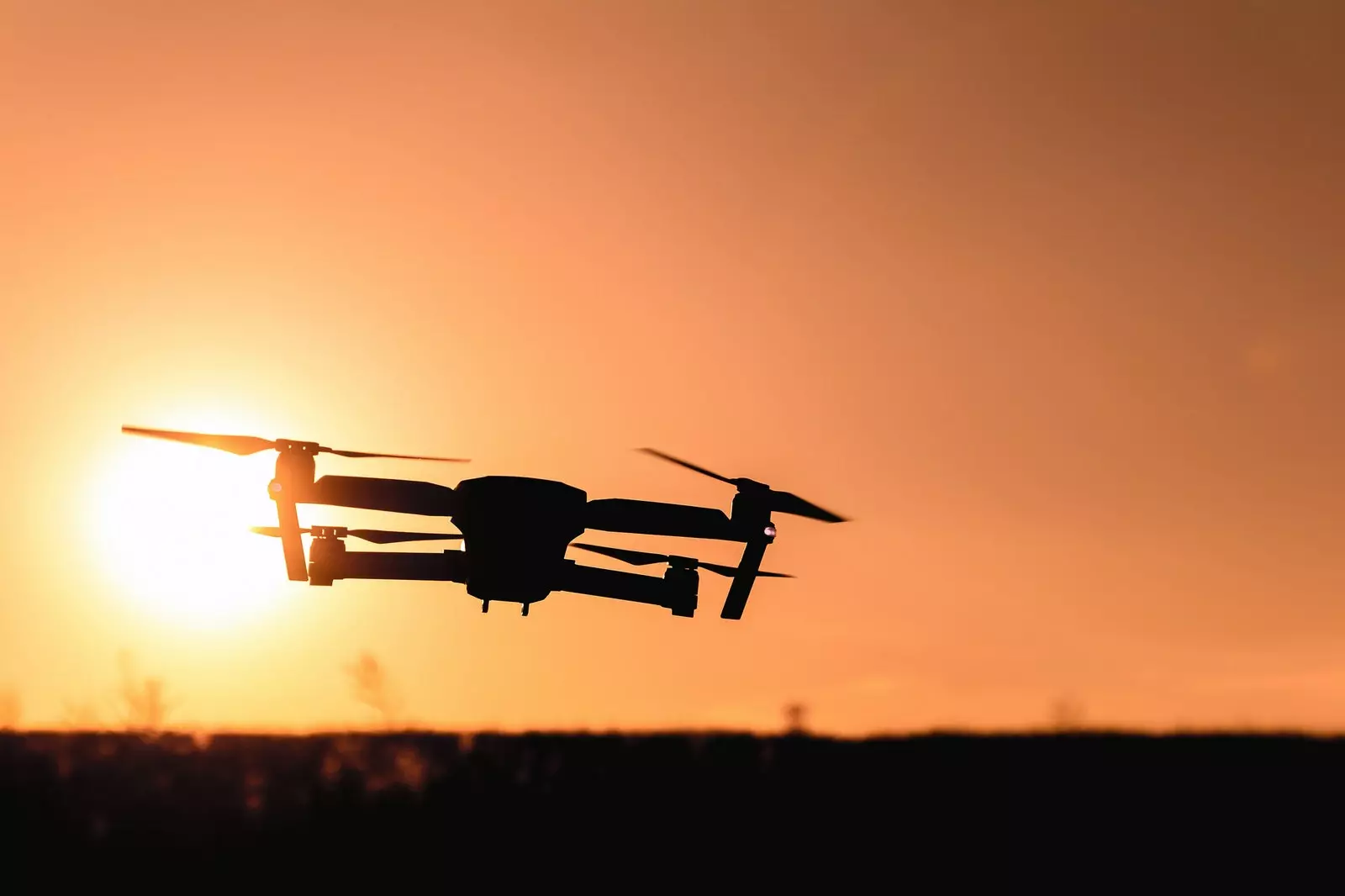
Drones join the Baywatch team
Some binoculars, good legs and a striking swimsuit It was everything the stunning protagonists of the Baywatch series needed to keep an eye on bathers and come to the rescue in the event of an accident.
Although the reality has always had little to do with this idyllic image of coastal surveillance, technology has landed in the sand to further change the landscape.
drone to complement the visual capabilities of humans, sensor buoys that monitor the agitation and quality of water and air and lifesaving devices to guarantee the security of the rescuer are some of the ingredients of the new smart beach models who have begun the conquest of the Spanish coasts.
The ultimate goal, beyond checking the effectiveness of the tools, is reduce the number of drowning that last 2017 represented the worst figure in the last three years, with 481 people killed between January and December, most in summer, according to the Royal Spanish Federation of Rescue and First Aid.
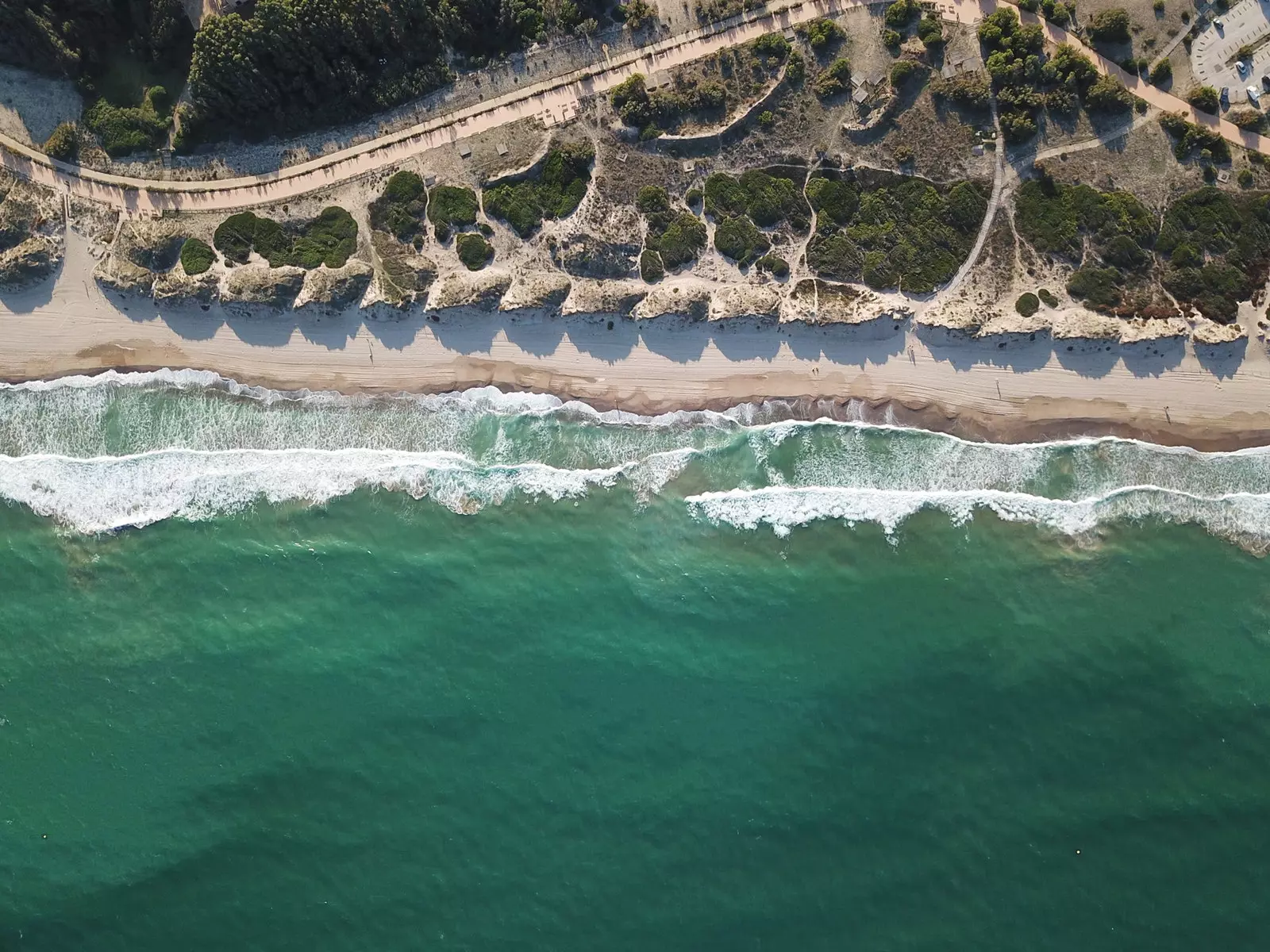
Image of El Saler beach (Valencia) taken with a drone
AIR WATCHMEN
Since the summer of 2016, the Benidorm Local Police has had a flying watchman to help them in the task of protecting bathers.
Is about a drone that patrols both the bay of Benidorm and the Serra Gelada natural park, close to the municipality, it weighs just under two kilograms and can reach speeds of up to 70 kilometers per hour.
The air vehicle is used to detect swimmers in distress, confirm emergency warnings, identify drifting ships or study smoke trails that may indicate the occurrence of fires in the protected area.
To do this, you can operate at more than 500 meters high and has position sensors, GPS and an automatic return program.
Your workers handle it from a boat and it never flies over people who are on the shore, thus complying with state regulations on aviation safety.
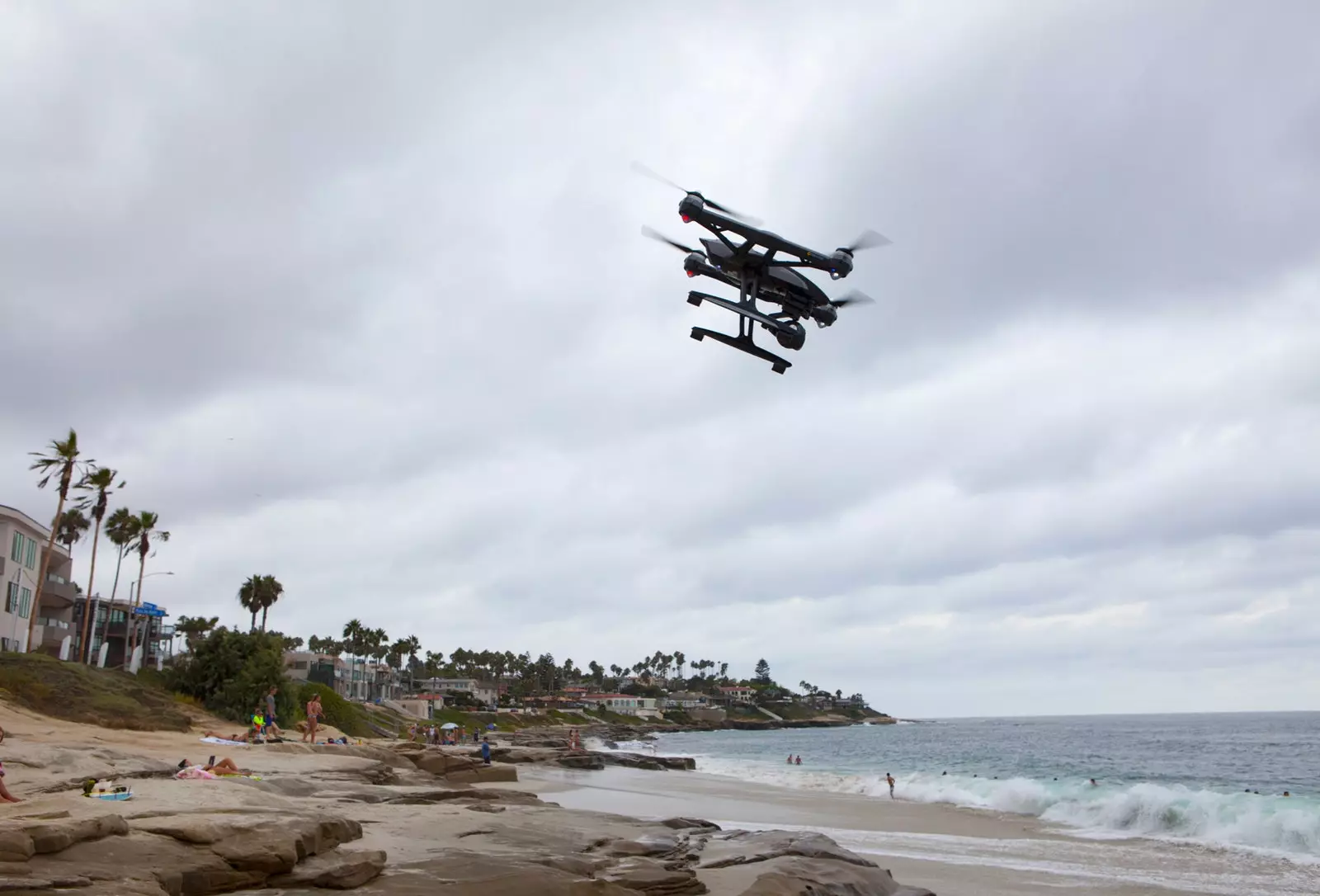
Drones can reach more than 500 meters in height
But the town of Alicante is not the only one to incorporate drones into beach surveillance teams. Municipalities of ** Asturias, Andalusia, Murcia, Cantabria and the Valencian Community ** have these particular agents of heaven.
Those who fly over the beach Port of Sagunt (Valencia), developed by the company General Drones, serve as reinforcement for human lifeguards, allowing them to act faster and they go ahead to deliver the float to people in distress.
The vehicles, which are always ready to act, are capable of detect water currents and strong waves during the reconnaissance rounds that they carry out every few minutes.
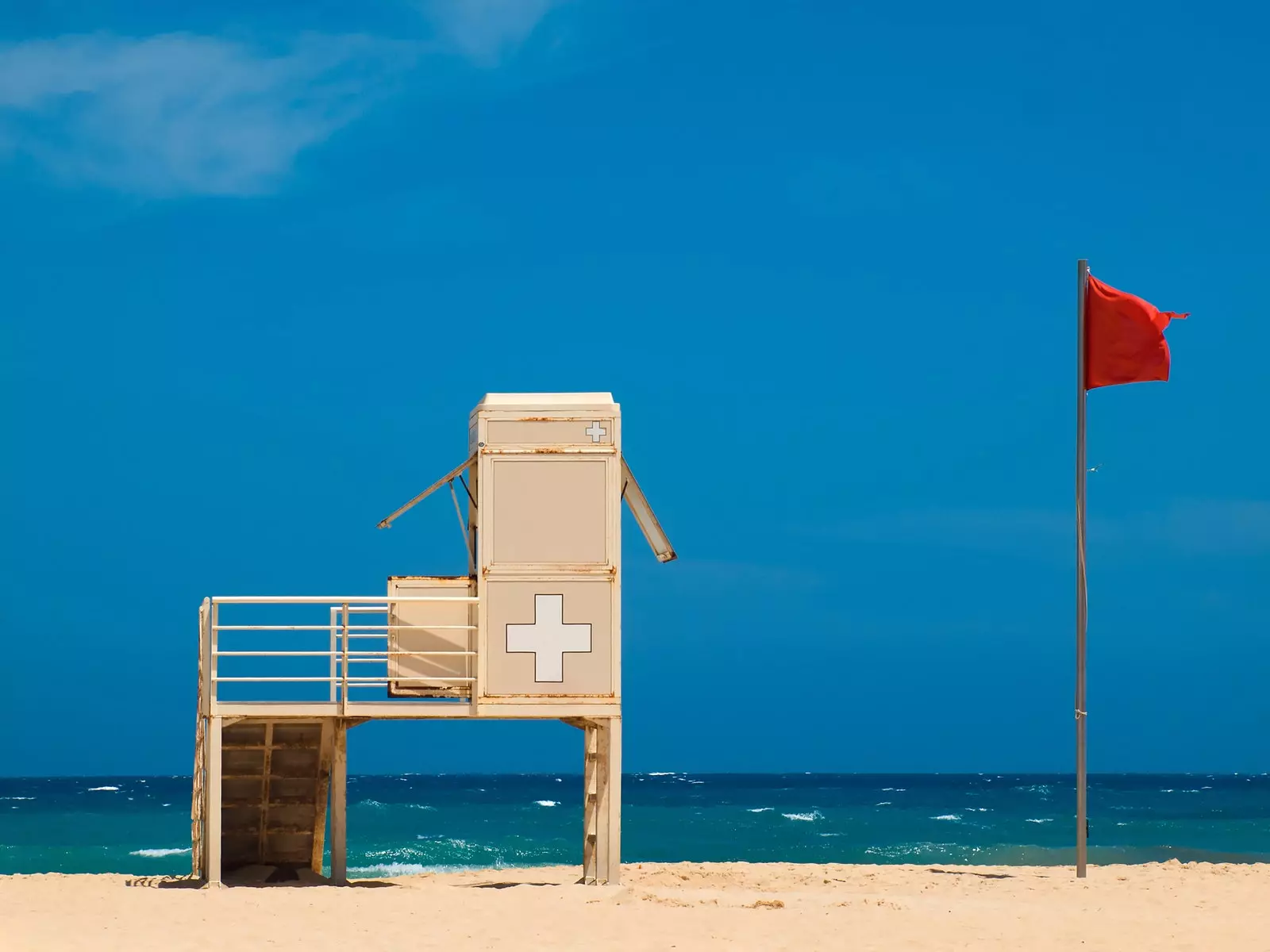
The ultimate end? Decrease the number of drownings from last year
FIVE ARTIFICIAL SENSES PLACED IN THE SEA
The province of Valencia, in addition to these aerial helpers, has set out to become the first territory to transform its beaches into smart in a project developed jointly by the Valencian Tourism Agency (AVT) and the Valencian Institute of Tourism Technologies (Invat.tur) to design the model of the beaches of the future
The program will start this year in three municipalities: Gandía, Benidorm and Benicàssim. A pilot will be launched there to place sensors on the coast with the aim of monitoring environmental variables such as temperature, water quality, ultraviolet rays and wind speed.
The following steps will be aimed at expanding the range of technological tools, including applications to inform in real time of the conditions of the beaches, if there is any alarm or if there are jellyfish.
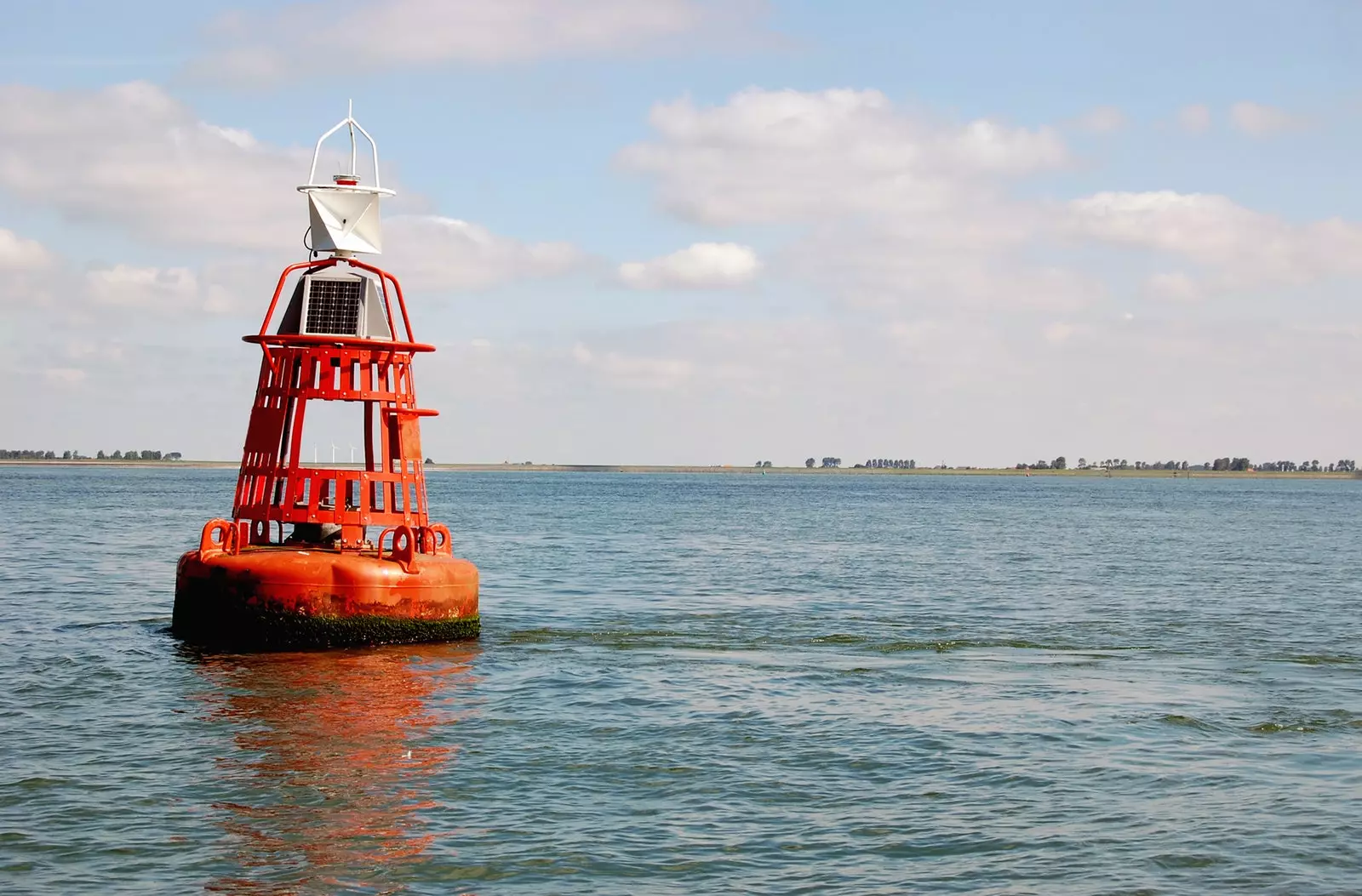
In the water, the protagonists will be the smart buoys
But the project is going to go further in the future, as it plans to install an entire network connected to an internet of things made up of smart devices that collect and exchange data of diverse nature both in the ocean and in the parking areas or the city.
They include “sensorized” flags, smart parking services that reduce CO2 emissions and optimize traffic and video surveillance cameras.
In the water, the protagonists will be the smart buoys, equipped with sensors capable of monitoring vessels and controlling access restrictions, Analyze water quality and detect the presence of floating objects and jellyfish.
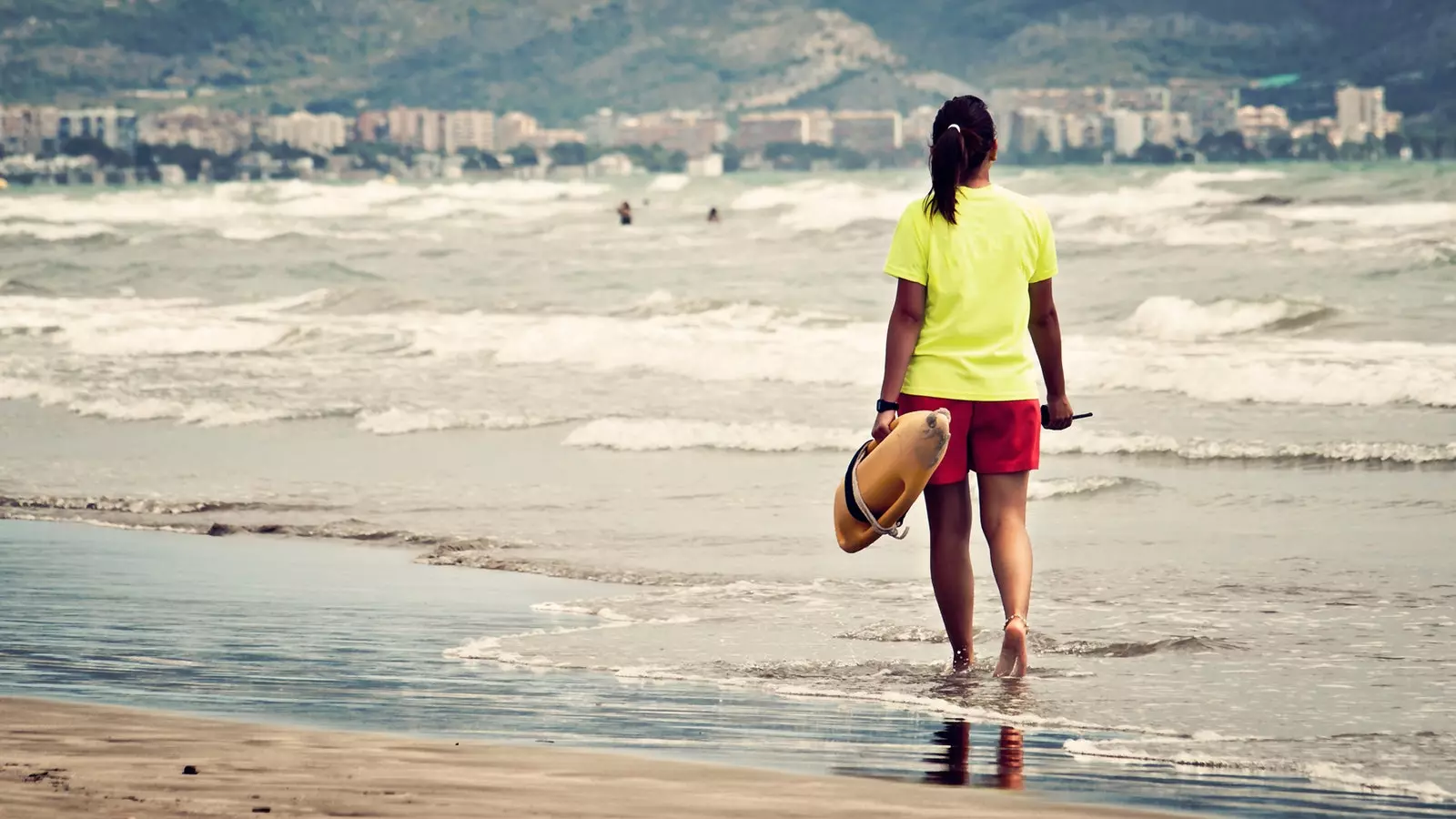
The work of lifeguards is still essential but technology is a great help
WEARABLE TECHNOLOGY AT THE SERVICE OF THE BATHER
Beyond the indications that they may receive through the applications, those who come to spend the summer on the beaches, whether they are nationals or foreigners, can count on other technologies to ensure your safety.
An illustrative and original example is **Kingii, a bracelet that keeps a float inside** that inflates in case a person needs to stay afloat.
The wearable, an especially useful accessory for lovers of water sports, it is used by pressing a button that activates the firing of a carbon dioxide charge that inflates the float and that must be recharged after each use.
In less than a second, the lifesaver will be ready to keep an adult weighing up to 130 kilos on the surface, despite its small size.
However, devices like these cannot replace, at least for now, the indispensable function of the lifeguards. But coastal technology does not forget about them either.
beaches like the Malagueta, in Malaga, it already has a mechanical rescue device named ** Orange Point or SOS Point ** and developed by the Spanish company MySmarthBeach in collaboration with the Technological Center for Engineering and Innovation Management and with the Center for Maritime Safety and Integral Jovellanos, dependent on State Maritime Salvage.
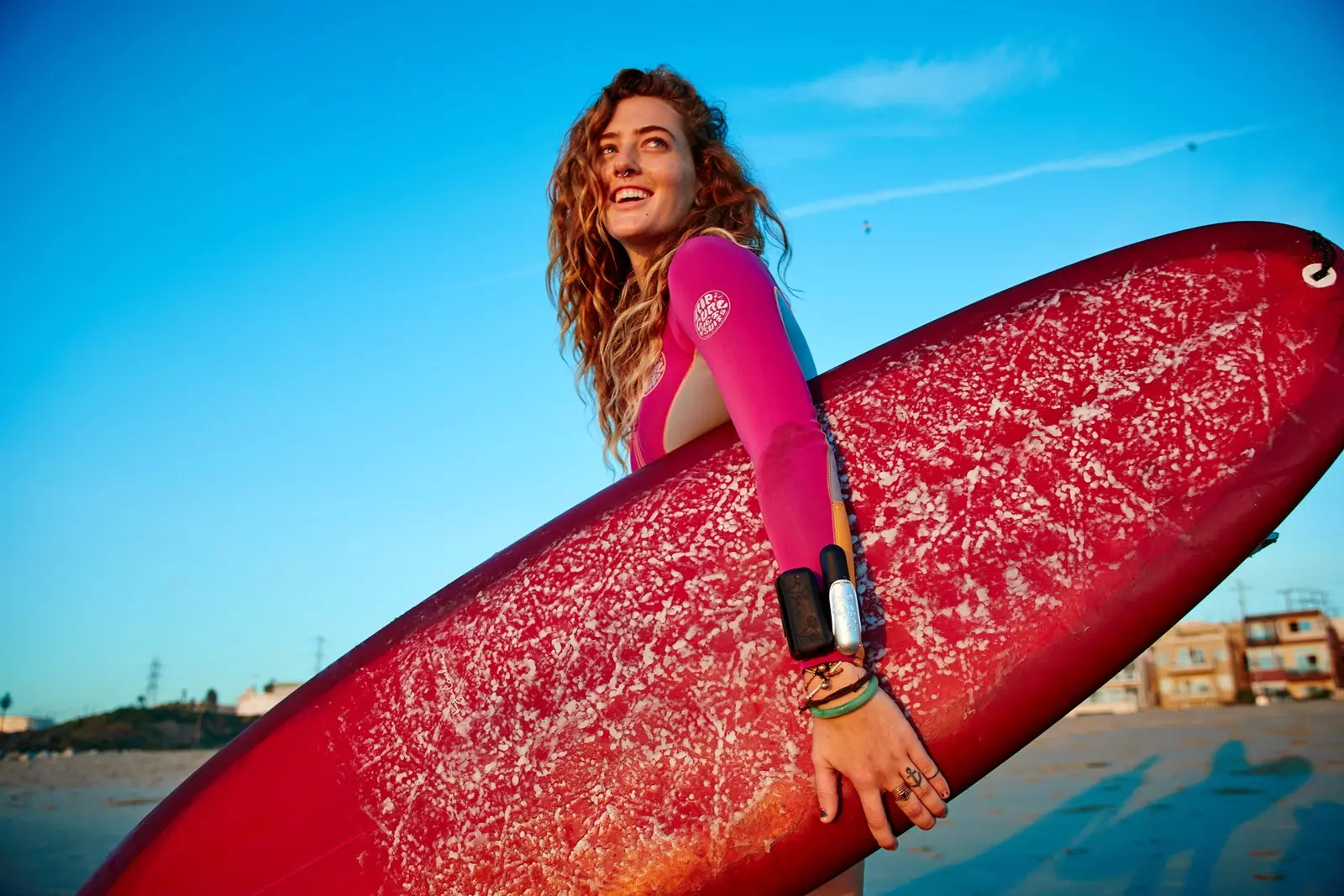
Kingii: the bracelet that keeps a floater inside
The device, which settles in the sand, It is box-shaped and has an opening in the front that opens a hatch. Thus, before running towards the victim who is in the water, the rescuer can access a harness that is placed on the body and that is attached to a sling over 300 meters long that connects it to the ground.
Once you secure the bather with the float, you can press a button on its harness that connects by radio to the drag system in the sand, able to return both to shore despite the waves and the current against.
The invention saves effort for the rescuer and activates an alarm alerting the rescue and security services.
If this summer you have planned a getaway to the beach, think that the technology It will not only allow you to listen to music or chat on your phone, but increasingly, it helps you to know the state of the shore and the sea and to make your bathrooms safer.
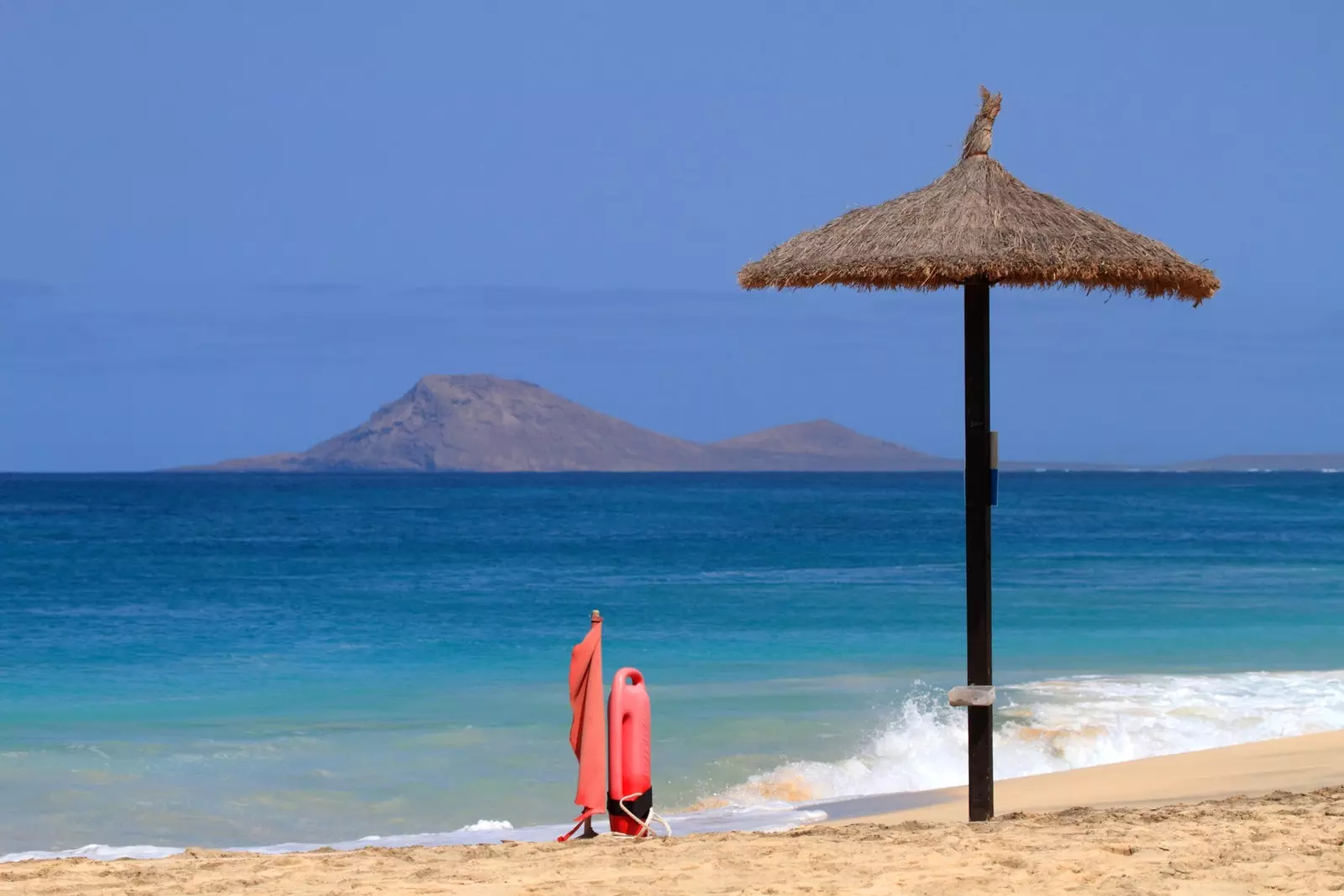
Smart beaches: the future is here
